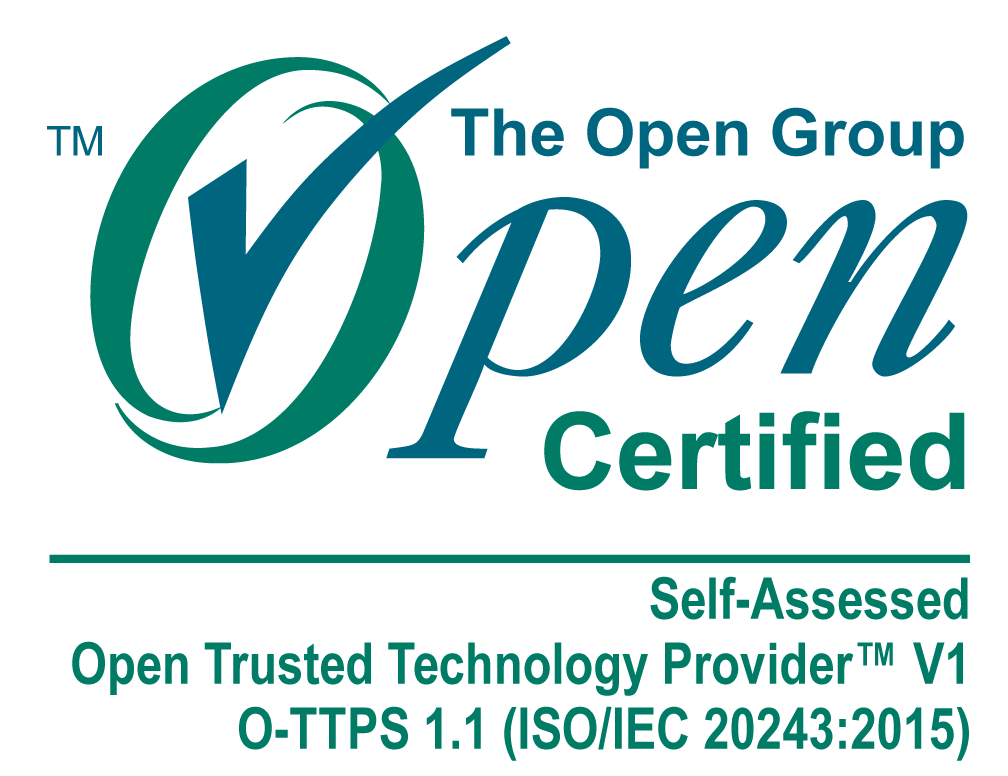The Business Case for Edge Computing

The scenario: A massive cargo ship travels somewhere between the Panama Canal and Gibraltar. It’s late August and a new tropical storm just formed off the coast of Africa, headed straight up the middle of this heavily used shipping channel.
In the middle of nowhere, with limited options, reaction time is critical. These boats, carrying millions in cargo, don’t change direction easily or quickly. Whatever decisions the crew makes must be based on accurate and near-real-time information based on data from numerous sources.
But what if the ship was equipped with sophisticated artificial intelligence (AI)? The storm would still be an issue, but consider how much faster an informed AI could respond to dangers both immediate and unforeseen? Using weather data, it could quickly calculate the best risk scenario and adjust accordingly. Using onboard sensors embedded in its software systems and throughout the ship, it could respond to damage or other inefficiencies well before most humans could, delivering faster response time and less risk to the vessel, its cargo, and crew.
Of course, any artificial intelligence or machine-learning (AI/ML) system is only as good as its algorithms, available data, and compute power. That’s why today, real-world AI-driven applications are still primarily limited to fixed locations with reliable communications back to a central monitoring location where algorithms and AI reasoning can be easily updated and where the decision-making compute power needed to react to changing needs is readily available.
But, all that is changing. New developments in the technologies needed to make advances like autonomous ships possible now allow us to push smarter and more powerful systems closer to where applications are needed—in the field. This opens up a host of new use-cases and opportunities for AI-assisted tech. Collectively, we call these technologies "edge computing."
What Is Edge Computing
Edge computing refers to moving the most critical intelligence and processing capabilities of systems closer to the endpoints where they are used rather than the intelligence and computing capability residing back at a central data hub.
The main reason for moving critical processes to the edge is to reduce the latency incurred from sending data back to the data center, waiting for it to process, and then losing even more time on the transmission back to the edge. These delays may seem trivial when you're dealing with common business applications or non-mission-critical systems. But when you're in the field where decisions cost money, or worse, lives, those precious few seconds (at best) become monumentally important.
All things being equal—i.e., if the combination of cloud resources and the onboard processor and associated computing systems housed in the edge device are as good as the systems at the data center—then by moving as much of the heavy lifting closer to where the information is needed and used can save time, energy, and allow for faster decision making even when communication is spotty or conditions are less than ideal.
Do I Need Edge Computing?
Not every organization needs an AI-driven system or application on the bleeding edge of its install base. But there are more use-cases for even moderately-capable systems than you might think.
Here at Epoch Concepts, we do a great deal of work with the federal government, and federal and civilian agencies. We also work with systems integrators and enterprise organizations that we count as valued customers and partners. Nearly all of them either have now, or are in the process of implementing, an AI/ML system for some part of their business or for another customer.
Way back in 2020, Gartner released its 2019 CIO Survey results, surprising everyone with data showing that 37% of organizations have already implemented some form of AI. And that was a 270% increase over the previous four years.
Some of these AI implementations are simpler applications embedded in smartphone software, while others are nearly prescient AI networks managing complex systems in the energy sector, or powering heads-up units (HUDS) for field use.
The use-cases for AI/ML are nearly limitless; but, if you’re not sure if it’s right for you, see if any of the following are similar to your own needs.
Field Services: Anyone in the field who needs to collect, analyze, and act on data quickly. Think services-based employees on location: the military, residential trade workers, and researchers.
Organizations running monitoring centers: The possibilities for cybersecurity alone are nearly limitless. When the difference between responding in seconds versus minutes can mean you’re not on the hook for a multi-million-dollar ransomware debacle, having an autonomous system on-prem that can detect and remediate inbound or outbound threats without having to send information back to a monitoring center for a human to analyze and act on, can literally save your business.
Any organization with products installed in remote locations: International organizations, governments, anyone with product deployments in remote locations, all will almost certainly benefit from some level of AI or machine learning on-site at the edge. From tamper detection to predicting failures based on small efficiency or output changes, even a robust machine-learning-based solution (versus a full-fledged AI) is better than basic “on/off” sensors providing little information beyond, “there’s a problem.”
How Can I Get Started with AI at the Edge?
Noted AI futurist and analyst Ritu Jyoti, program vice president, Artificial Intelligence at IDC says, “Companies will adopt AI—not just because they can, but because they must.” She also predicts AI spending will more than double from $50.1 billion in 2020 to more than $110 billion in 2024.
To get started with AI, you could establish an in-house AI research team comprising data scientists, top-notch mathematicians, programmers, user experience (UX) experts, linguists, and more. Or, you could work with a company, like Epoch Concepts, that understands not just the possibilities of AI, but how to best implement these complex systems, taking advantage of opportunities like edge computing and systems that have already laid the groundwork for advanced AI workhorses.
Why limit yourself and the future of your organization’s mission to the imagination and experience of a small in-house team, when you could more easily leverage the resources of more than 100 of the world’s leading IT providers, expertly trained systems engineers, and solutions architects who build complex systems day in and day out?
We’re great listeners! Send us a note and let’s get started on your next innovative leap forward.


